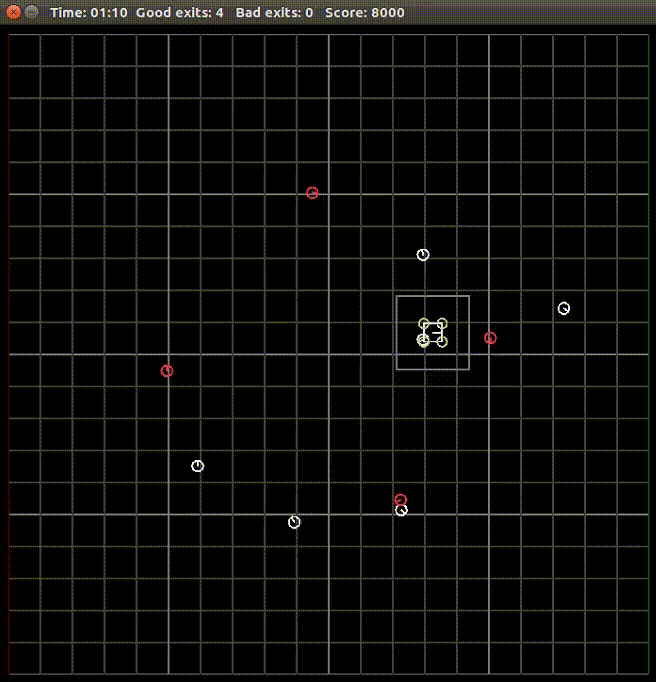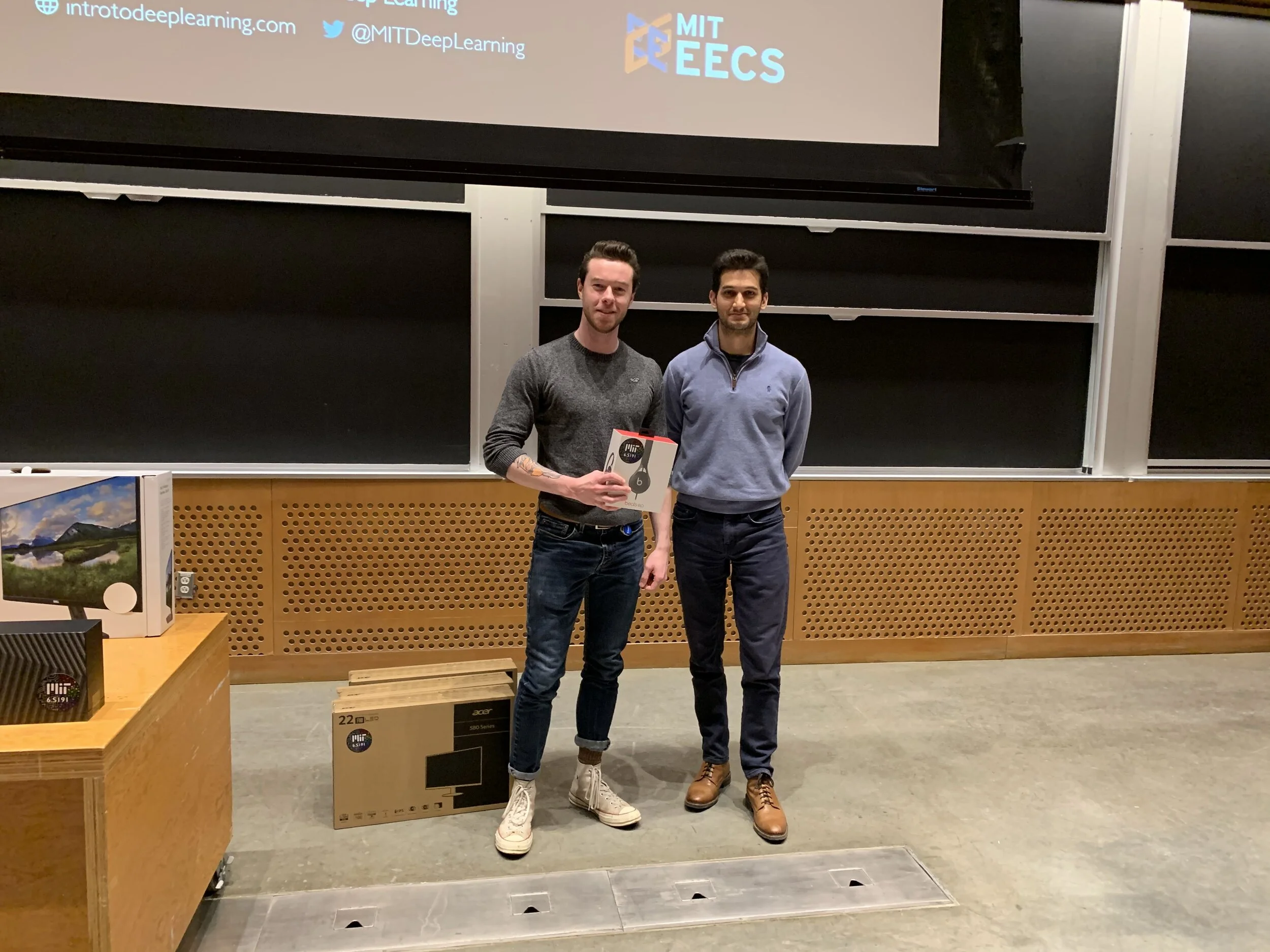Hello and welcome to my project site! Here I would like to expand on my favorite projects that I have worked on outside of my role as a robotics developer at a German startup, a Raytheon Missile Systems intern, a student in electrical engineering, and as an autonomy engineer in the R&D industry. These projects represent many of the reasons that I love working in STEM - they have challenged me to think critically, have engaged my curiosity, and given me opportunity to exercise creativity in the face of complex problems. Please enjoy the site and I hope you will consider me for your team!
Projects Overview
Test Suite and Simulation for Robotized Warehouse
Noyes Technologies 2022-Present
A startup building a robotized warehouse needs to be able to coordinate the logistics of coordinating multiple robots and numerous unique customer configurations. This would be infeasible without a simulation of the hardware and a suite of tests to protect against regression and monitor the quality of the product across its many features. I wrote a simulation and test suite for Noyes Technologies that fit these needs. Click to learn more.
Author of Modular Mission Execution Framework
- Aurora Flight Sciences 2019-2021
This framework allows engineers to create complex behaviors/missions easily by arranging nodes into a Behavior Tree (Colledanchise 2017). My vision for this project was to create a mission framework that treated pieces of autonomous functionality as though they were LEGO bricks - modular, reusable, and expressive in the number of ways the individually simple elements can be combined to create something nuanced and complex. With this vision in mind, I pioneered this project myself, building an early prototype on weekends before making a pitch for funding to leadership. It has since grown into a multi-engineer effort, has produced a patent application, and is poised to be the mission structure on several autonomous vehicles.
Reinforcement learning on Quadcopter
I spent the last year of my undergraduate studies working on a reinforcement learning based solution for my university’s robotics team which was challenged to build an autonomous aerial vehicle that would “herd” 10 Roombas across a goal line by bumping into them. I used OpenAI’s Gym and a flavor of reinforcement learning called “Proximal policy Optimization” to train a simplified version of the game over the course of several months.
Winner of lab competition for MIT’s 6.s191: Intro to Deep learning course
I attended MIT’s Intro to Deep Learning Course which included several labs involving Tensorflow code. One lab challenged students to develop and train a RNN to predict the next note in a corpus of Irish folk music. My solution was unique in that it shuffled the input songs to avoid learning note associations across songs.
Author of High-powered Rocket Simulation
- Undergraduate Extracurricular 2016-2017
To predict the performance of the VDS and the launch vehicle, I developed a simulation in Mathworks' Simulink. It is used primarily as a test bed for experimental GNC algorithms and avionics configurations but also allows the team to predict mission performance for each launch with unique and customizable weather scenarios, 6DOF equations of motion, and a launch animation. Future improvements include a better aerodynamic model and hardware in the loop capabilities.
Neural Network Engine
- Personal Project 2017
The Neural Network Engine (NNE) is a C++ program that I created as an exercise in understanding the basics and low-level operation of machine learning.
Variable Drag System (VDS) LEad
- Undergraduate Extracurricular 2016-2017
The VDS is an air-braking system designed to deliver a high-powered rocket to precisely one mile AGL. The VDS does this by actuating three aluminum 'drag blades' into the airstream surrounding the rocket, actively changing the vehicle's drag profile on ascent. The system responds to sensor data taken in real-time and ensures that the vehicle has the correct balance of kinetic and gravitational potential energy at all points in the flight to reach one mile AGL exactly. In the NASA Student Launch competition flight, the VDS successfully delivered the launch vehicle to 5,303 ft.: only 23 ft. from its target. The VDS also contributed to the team's Vehicle Design Award.
Skills Acquired: Simulink, Kalman filter, PID control, basic GNC, basic aerospace concepts.
NASA Student Launch: National Champions
- Undergraduate Extracurricular 2016-2017
I was the co-captain of the River City Rocketry team during the 2016-2017 NASA Student Launch Initiative. This season we took home the best vehicle design award and were also the overall winners, beating Vanderbilt and Cornell University.
Autonomous Ground Support EQUIPMENT (AGSE) Electrical Lead
- Undergraduate Extracurricular 2015-2016
The AGSE is an autonomous launch tower designed to pick up a sample payload, insert it into the launch vehicle, and raise the vehicle to launch position. As the electrical lead on this project, my team and I were responsible for writing the autonomous operations code, managing harnessing/power, and providing a user interface.
Skills Acquired: PCB design, C/C++, mechatronics basics. project management, technical documentation.
GetReqt Creator/Programmer
- Undergraduate Extracurricular 2016-2017
GetReqt is an engineering requirements management program that I co-wrote with Denny Joy for the purpose of streamlining my university rocket team's requirement verification process. The program is a GUI that provides a hierarchically organized structure for creating engineering requirements and keeps track of the hundreds of verifications that the team generates over the course of a season.
Skills Acquired: C#, Microsoft .NET, systems engineering concepts.
Verilog sensor driver
- Personal Project 2016
The Verilog sensor driver was a personal project that I worked on to learn more about FPGAs and configurable logic. I implemented a state machine in an Altera Cyclone IV FPGA that communicated with a Bosch Bmp180 sensor via i2c. When finished, my driver could communicate with the sensor at a speed 32% faster than the available C/C++ libraries.
After this project's completion I went on to take a computer design course where I learned VHDL and worked with Xilinx boards in Vivado.
Skills Acquired: Verilog, FPGA concepts, i2c protocol knowledge, Quartus II, VHDL, Vivado.









